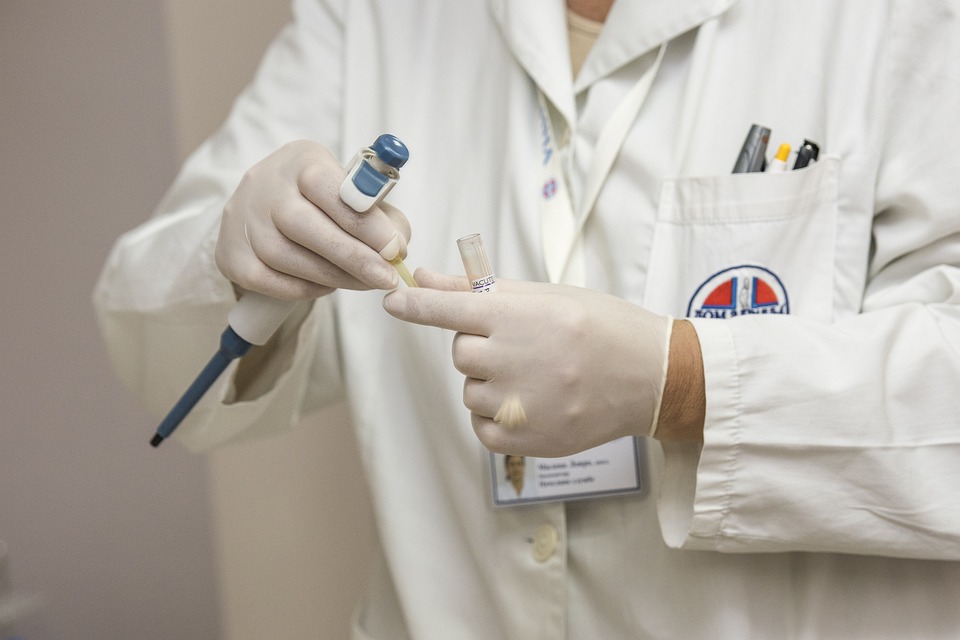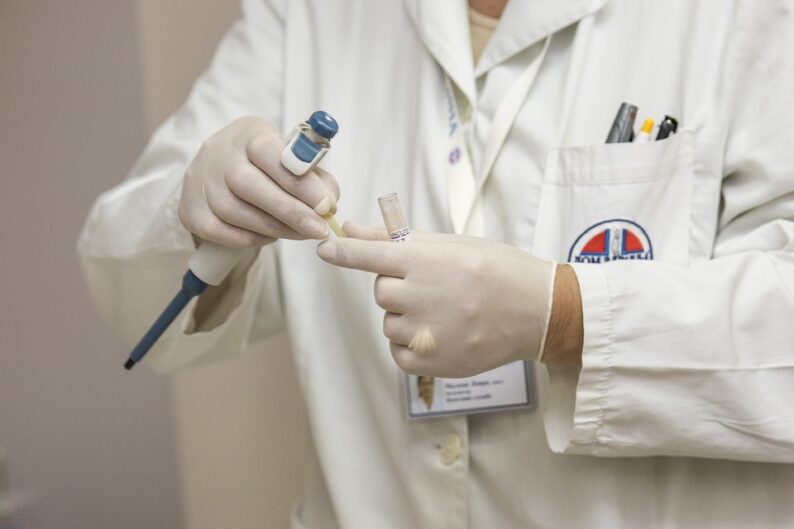 Image Source: Pixabay
Image Source: Pixabay
Is the rise in US healthcare spending slowing down? For perspective, healthcare spending as a share of GDP had been rising steadily over the half-century prior to 2010: 5% of GDP in 1960, 6.9% of GDP in 1970, 8.9% of GDP in 1980, 12.1% of GDP in 1990, 13.3% of GDP in 2000, and 17.2% of GDP in 2010, and US healthcare spending reached a peak of 19.5% of GDP in 2020.However, 2020 was the first year of?the pandemic. The most recent figures on US healthcare spending show that it was 17.3% of GDP in 2022, similar to the average of the pre-pandemic years from 2016-2019.Understanding healthcare spending matters. After all, back in 1960 healthcare spending was one-twentieth of the US economy; now, it’s closer to one-fifth. For workers whose employers pay for their health insurance, it has been common over the years to see pay “raises” in the form of more costly health insurance coverage, rather than equivalently higher take-home pay. For the government, the soaring costs of healthcare programs like Medicaid and Medicare are a substantial part of what is driving higher long-run budget deficits.For an overview of the just-released data on US healthcare spending in 2022, the baseline starting point is “National healthcare Spending In 2022: Growth Similar To Prepandemic Rates,” by Micah Hartman, Anne B. Martin, Lekha Whittle, Aaron Catlin, and The National Health Expenditure Accounts Team (Health Affairs, published online December 13, 2023, forthcoming in January 2024 issue).The authors point out that in 2022, unlike in so many earlier years, inflation in other goods and services was faster than inflation in healthcare, which explains the lower ratio of healthcare spending to GDP in 2022.
In 2022, nominal GDP growth was largely driven by rapid economywide inflation (unlike in 2021), as the GDP price index increased 7.1 percent (the fastest rate since 1981), after growth of 4.6 percent in 2021. Medical price inflation, in contrast, increased only 3.2 percent in 2022 after even slower growth of 1.5 percent in 2021. Inflation in the medical sector might not follow the patterns of the overall economy, as prices for some goods and services that are predominantly paid for by insurance (such as Medicare, Medicaid, and private health insurance) tend to be set in advance through legislation, regulation, or contractual agreements.
They also point out that the share of Americans with some form of health insurance reached an all-time high in 2022: “The insured share of the population reached a historic high of 92.0 percent in 2022 as enrollment in private health insurance increased at a faster rate relative to 2021 and Medicaid enrollment continued to experience strong growth.”Will US healthcare spending as a share of GDP tend to remain where it is in 2022, or perhaps even decline a bit? In late October, the Economist magazine pointed out that the rise in healthcare spending seemed to be slowing down, not just in the US, but in high-income countries across the world. The article put forward various hypotheses: supply-side technology changes and government pressures for lower prices. For example:
The nature of technological innovation in healthcare may now be changing. One possibility is that there has been a generalised slowdown in treatments that represent medical breakthroughs and are costly, such as dialysis. But this is difficult to square with a fairly healthy pipeline of drugs coming to market. Another possibility, which is perhaps more plausible, is that the type of advancements has changed, involving a shift from whizzy curative treatments to less glamorous preventive ones. There is decent evidence that the increased use of aspirin, a very low-cost preventative treatment, in the 1990s has cut American spending on the treatment of cardiovascular diseases today. …
Demand-side factors may also be keeping health-care spending in check. In America the Affordable Care Act (ACA)—which was introduced in 2010, at about the time costs tailed off—tightened up the ways in which the government reimburses companies that provide treatment. The aca also made it more difficult for doctors to prescribe unnecessary treatments (seven expensive scans, perhaps, instead of one cheap one) in order to make more money.
On the other side, the semi-official government predictions suggest that the rise in healthcare spending as a share of GDP is still proceeding. In a Health Affairs article back in June 2023, a team of government healthcare economists provided “National Health Expenditure Projections, 2022–31: Growth To Stabilize Once The COVID-19 Public Health Emergency Ends,” by Sean P. Keehan, Jacqueline A. Fiore, John A. Poisal, Gigi A. Cuckler, Andrea M. Sisko, Sheila D. Smith, Andrew J. Madison, and Kathryn E. Rennie.These authors had healthcare spending data through 2021, and they forecasted the final spending levels of 2022 spending quite accurately. However, their projection is for US healthcare spending as a share of GDP to rise gradually through the rest of the 2020s, reaching 19.6% of GDP by the end of their projection window in 2031. One of the big drivers of the shift is the rise in the number of elderly and very elderly Americans. This forecast suggests that although the rise in US healthcare spending as a share of GDP paused in the 2010s, but will return in the 2020s.But although the demographic patterns of an aging America are pretty much set in stone for the next couple of decades, the patterns of healthcare spending can be altered. As one example, I’ve argued in the past that although finding ways to support people in managing their chronic conditions (like high blood pressure and diabetes) has traditionally been outside what is regarded as “healthcare spending,” it could have large payoffs in terms of improved health and reduced need for expensive episodes of hospitalization (for discussion, see here, here, and here).More By This Author:Caring About The Distant Future And Past: Social Discount Rates
Financial Literacy: Still Low
Lessons From Fighting 100 Inflations Since The 1970s













Leave A Comment